- Casey

FiberMall
Answered on 8:47 am
Selecting the right 400G transceiver for multimode fiber involves many factors. Here are some of the key considerations:
Distance: The range of operations for each type of transceiver varies. Before choosing a transceiver, you should know the exact distance between the systems you plan to connect. Short-range transceivers are typically used for distances up to 70m, while long-range variants can cover distances above 2km.
Power Consumption: Power usage can vary substantially from one transceiver type to another. Higher capacity transceivers often use more power. Ideally, you should aim for a transceiver that offers the required data rate at the lowest possible power consumption.
Cost: Pricing can vary significantly between different transceivers. The overall cost should be evaluated in the context of your specific networking needs and budgetary constraints.
Compatibility: Not all transceivers will be compatible with your switches, routers, or other network devices. Be sure to confirm that the transceiver you choose works with your existing hardware.
Interconnection: Consider how different transceivers suit your interconnection environments. Transceivers come in different form factors such as QSFP-DD, OSFP, CFP2, CFP8, or COBO, and each has its own specifications for things like power consumption, size, and interface.
Reliability and Durability: The lifespan and durability of the transceivers also come into play. High-quality transceivers are built to last, reducing the need for replacements and maintenance.
The key features and common applications of each of these transceivers are described below.
1.The OSFP-400G-SR8 / SR8-C and QDD-400G-SR8 / SR8-C
The 400G-SR8 was the first 400G MMF transceiver available and has been deployed for point-to-point 400GE applications, such as leaf-to-spine connectivity, illustrated below.

While the 400G-SR8 provides cost-effective 400GE connectivity over MMF, it requires 16 fibers per transceiver and uses an MPO-16 APC fiber connector. Most 40G and 100G parallel MMF optics (such as the 40G-SR4 and 100G-SR4) use MPO-12 UPC fiber connectors. MPO-16 to 2x MPO-12 patch cables are required to use a 400G-SR8/SR8-C transceiver over an MPO-12 UPC-based fiber plant.
Another key application for 400G-SR8 transceivers is optical breakout into 2x 200G-SR4 links, enabling TOR-to-host connectivity where 200G to the host is required, as illustrated below.

The 400G-SR8-C transceiver has the same features as the 400G-SR8, with the added ability to breakout into 8x 50G-SR or 8x 25G-SR optical links. It can therefore be used in applications that require high-density 50G or 25G breakouts – as illustrated below.
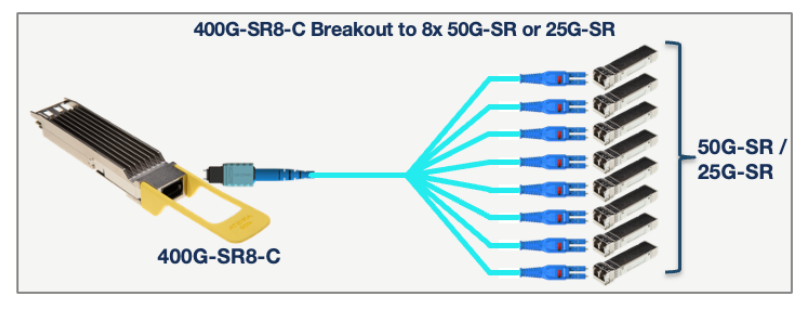
- The OSFP-400G-SRBD and QDD-400G-SRBD, or “400G-BIDI”transceivers.
400G-BIDI transceivers use the widely deployed MPO-12 UPC connector for parallel multimode fiber. This allows existing 40G or 100G links that use 40G-SR4 or 100G-SR4 QSFP optics to be upgraded to 400GE with no change to the fiber plant, as illustrated below:
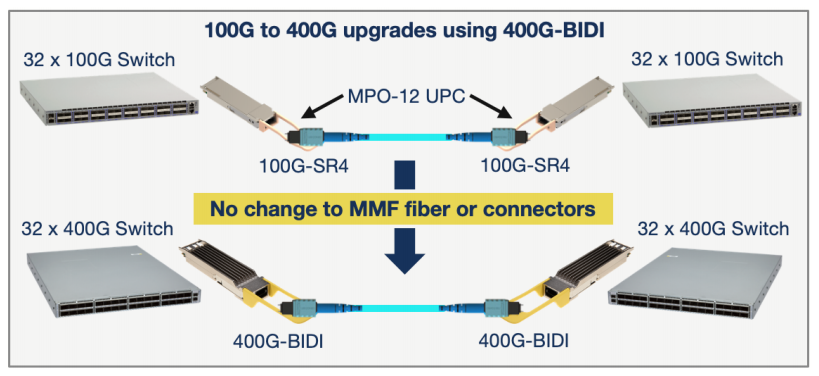
When configured for 400GE operation, the 400G-BIDI transceiver is compliant with the IEEE 400GBASESR4.2 specification for 400GE over 4 pairs of MMF.
Arista’s 400G-BIDI transceivers are also capable of breaking out into 4x 100GE links and can be configured (via EOS) to interoperate either with the widely deployed base of 100G-BIDI (100G-SRBD) transceivers, or newer 100G-SR1.2 transceivers, as indicated below.
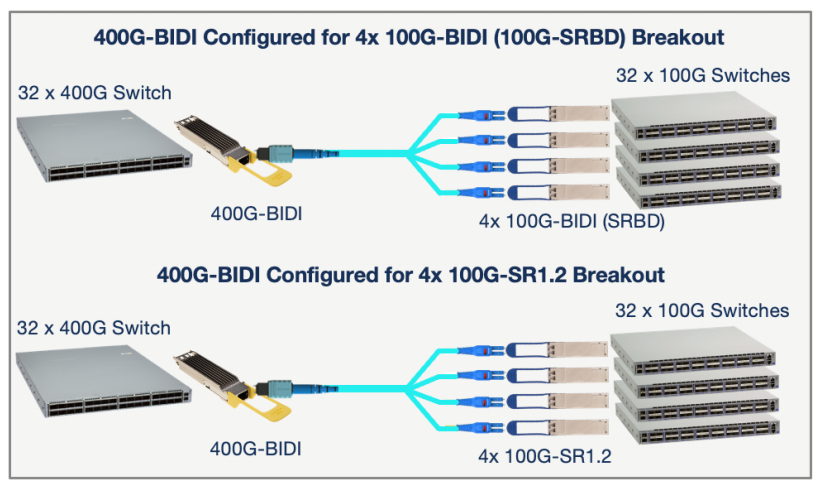
In summary, Arista’s 400G-BIDI transceiver is software configurable to operate in any one of three operating modes:
i) 400G-SR4.2 for point-to-point 400GE links
ii) 4x 100G-BIDI for breakout and interop with 4x 100G-BIDI (100G-SRBD) transceivers
iii) 4x 100G-SR1.2 for breakout and interop with 4x 100G-SR1.2 transceivers
People Also Ask
InfiniBand vs. Ethernet: The Battle Between Broadcom and NVIDIA for AI Scale-Out Dominance
The Core Battle in High-Performance Computing Interconnects Ethernet is poised to reclaim mainstream status in scale-out data centers, while InfiniBand continues to maintain strong momentum in the high-performance computing (HPC) and AI training sectors. Broadcom and NVIDIA are fiercely competing for market leadership. As artificial intelligence models grow exponentially in
From AI Chips to the Ultimate CPO Positioning Battle: NVIDIA vs. Broadcom Technology Roadmap Showdown
In the era driven by artificial intelligence (AI) and machine learning, global data traffic is multiplying exponentially. Data center servers and switches are rapidly transitioning from 200G and 400G connections to 800G, 1.6T, and potentially even 3.2T speeds. Market research firm TrendForce predicts that global shipments of optical transceiver modules
H3C S6550XE-HI Series 25G Ethernet Switch: High-Performance 25G/100G Solution for Campus and Metro Networks
The H3C S6550XE-HI series is a cutting-edge, high-performance, high-density 25G/100G Ethernet switch developed by H3C using industry-leading professional ASIC technology. Designed as a next-generation Layer 3 Ethernet switch, it delivers exceptional security, IPv4/IPv6 dual-stack management and forwarding, and full support for static routing protocols as well as dynamic routing protocols including
Switching NVIDIA ConnectX Series NICs from InfiniBand to Ethernet Mode: A Step-by-Step Guide
The NVIDIA ConnectX Virtual Protocol Interconnect (VPI) series network interface cards (NICs)—including models such as ConnectX-4, ConnectX-5, ConnectX-6, ConnectX-7, and ConnectX-8 (commonly abbreviated as CX-4/5/6/7/8)—represent a rare class of dual-mode adapters in the industry. A single card enables seamless switching between InfiniBand (IB) and Ethernet physical networks without hardware replacement.
Broadcom Launches the Industry’s First 800G AI Ethernet NIC: Thor Ultra, Fully Compliant with UEC Standards
In a groundbreaking move for AI networking, Broadcom has unveiled the Thor Ultra, the industry’s first 800G AI Ethernet network interface card (NIC) chip that fully complies with the Ultra Ethernet Consortium (UEC) specifications. This innovative PCIe card enables seamless interconnections among hundreds of thousands of diverse XPUs, powering next-generation
Essential Fiber Cleaners and Tools from FiberMall: Your Complete Guide to Maintaining High-Performance Networks
In the fast-paced world of data centers, cloud computing, enterprise networks, and telecommunications, reliable fiber optic connections are the backbone of seamless data transmission. However, even the most advanced fiber optic infrastructure can falter if connectors are contaminated with dust, oils, or debris. This is where high-quality fiber cleaners and
Related Articles
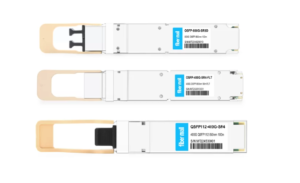
800G SR8 and 400G SR4 Optical Transceiver Modules Compatibility and Interconnection Test Report
Version Change Log Writer V0 Sample Test Cassie Test Purpose Test Objects:800G OSFP SR8/400G OSFP SR4/400G Q112 SR4. By conducting corresponding tests, the test parameters meet the relevant industry standards, and the test modules can be normally used for Nvidia (Mellanox) MQM9790 switch, Nvidia (Mellanox) ConnectX-7 network card and Nvidia (Mellanox) BlueField-3, laying a foundation for

InfiniBand vs. Ethernet: The Battle Between Broadcom and NVIDIA for AI Scale-Out Dominance
The Core Battle in High-Performance Computing Interconnects Ethernet is poised to reclaim mainstream status in scale-out data centers, while InfiniBand continues to maintain strong momentum in the high-performance computing (HPC) and AI training sectors. Broadcom and NVIDIA are fiercely competing for market leadership. As artificial intelligence models grow exponentially in
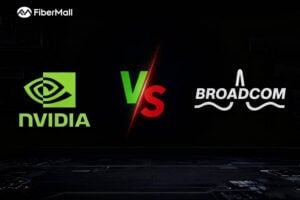
From AI Chips to the Ultimate CPO Positioning Battle: NVIDIA vs. Broadcom Technology Roadmap Showdown
In the era driven by artificial intelligence (AI) and machine learning, global data traffic is multiplying exponentially. Data center servers and switches are rapidly transitioning from 200G and 400G connections to 800G, 1.6T, and potentially even 3.2T speeds. Market research firm TrendForce predicts that global shipments of optical transceiver modules
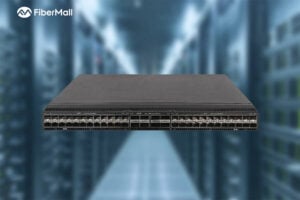
H3C S6550XE-HI Series 25G Ethernet Switch: High-Performance 25G/100G Solution for Campus and Metro Networks
The H3C S6550XE-HI series is a cutting-edge, high-performance, high-density 25G/100G Ethernet switch developed by H3C using industry-leading professional ASIC technology. Designed as a next-generation Layer 3 Ethernet switch, it delivers exceptional security, IPv4/IPv6 dual-stack management and forwarding, and full support for static routing protocols as well as dynamic routing protocols including
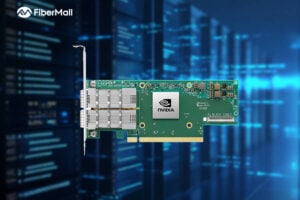
Switching NVIDIA ConnectX Series NICs from InfiniBand to Ethernet Mode: A Step-by-Step Guide
The NVIDIA ConnectX Virtual Protocol Interconnect (VPI) series network interface cards (NICs)—including models such as ConnectX-4, ConnectX-5, ConnectX-6, ConnectX-7, and ConnectX-8 (commonly abbreviated as CX-4/5/6/7/8)—represent a rare class of dual-mode adapters in the industry. A single card enables seamless switching between InfiniBand (IB) and Ethernet physical networks without hardware replacement.
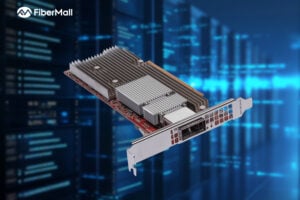
Broadcom Launches the Industry’s First 800G AI Ethernet NIC: Thor Ultra, Fully Compliant with UEC Standards
In a groundbreaking move for AI networking, Broadcom has unveiled the Thor Ultra, the industry’s first 800G AI Ethernet network interface card (NIC) chip that fully complies with the Ultra Ethernet Consortium (UEC) specifications. This innovative PCIe card enables seamless interconnections among hundreds of thousands of diverse XPUs, powering next-generation
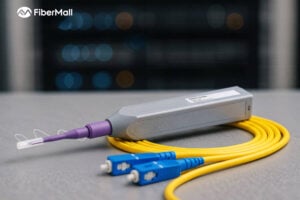
Essential Fiber Cleaners and Tools from FiberMall: Your Complete Guide to Maintaining High-Performance Networks
In the fast-paced world of data centers, cloud computing, enterprise networks, and telecommunications, reliable fiber optic connections are the backbone of seamless data transmission. However, even the most advanced fiber optic infrastructure can falter if connectors are contaminated with dust, oils, or debris. This is where high-quality fiber cleaners and
